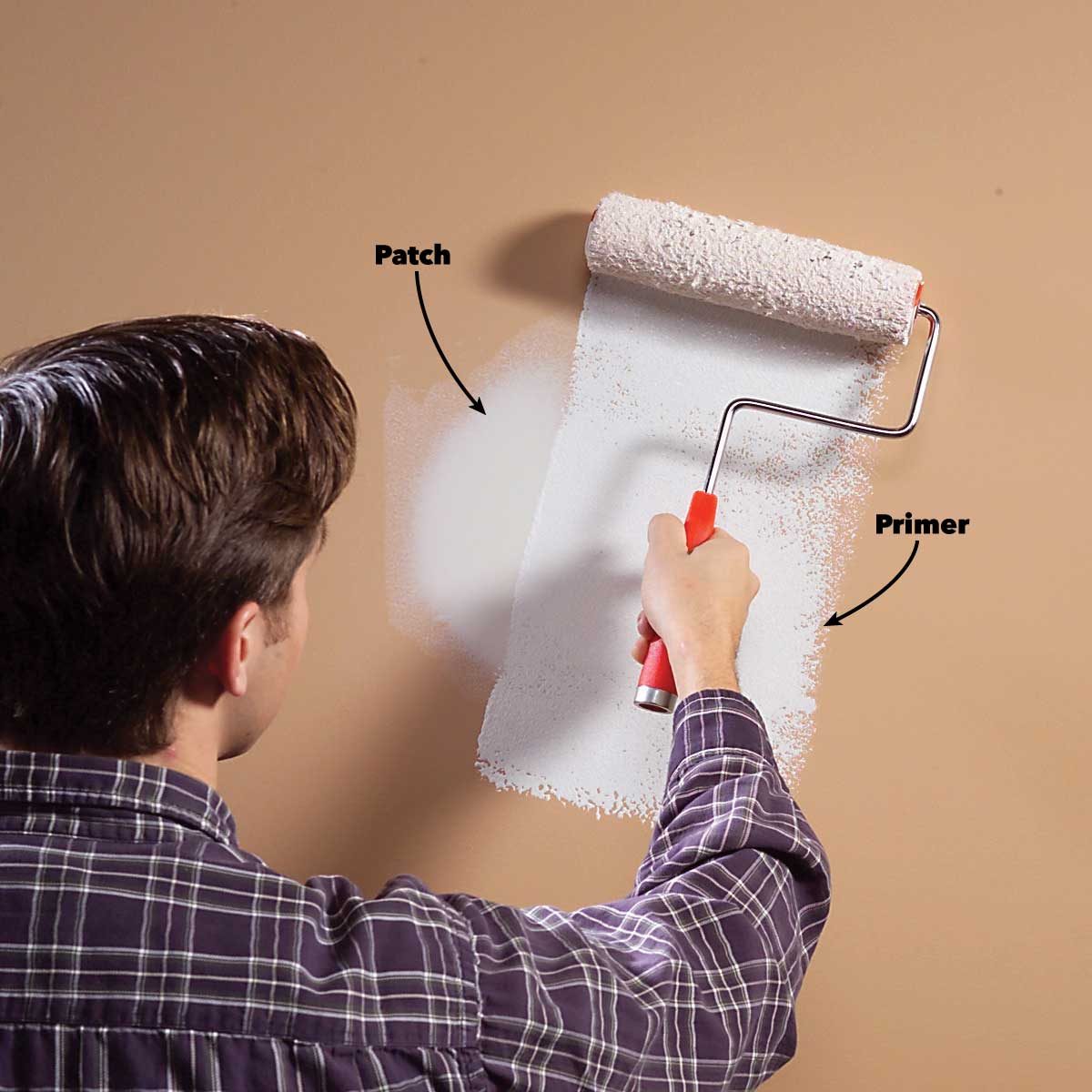
New air conditioners are relatively large and taller than previous models. There have also been situations where the ground has dipped. The ground should be settled before the fresh pad can be fitted. Good HVAC corporates use a gravel base to build up or level out the space where the fresh air conditioner will be placed.
In this manner, the air conditioning installation Blaine MN could be the best possible solution. You can get the assistance of the right and expert Ac installer for your home. Some people have faith that a concrete pad should be poured to support the new air conditioner. A concrete pad is not needed and can shift and crack significantly.
When this occurs, it is tough to repair or remedy. A composite pad is strongly advised instead. The composite pad is projected to be installed outside and to last the entire life of the latest air conditioner. Furthermore, it is often best positioned than cement to absorb machine resonances, reducing noise and shaking.
The process of Install Air Conditioning In Blaine, MN:
In most cases, once the latest air conditioner is fitted, it cannot be safely lifted or relocated without causing significant disruption. Many internal elements are stiff and under pressure. Driving it after it has been connected may permanently harm the system. A composite pad can protect the air conditioner in the future if it only requires to be smoothed.
Removing the Existing Indoor Evaporator Coil:
A composite pad can protect the air conditioner in the future if it only requires to be smoothed. Indoor evaporator coils are of two types. One of them is cased, and the other type is not. The metal sheet plenum must be removed before installing the replacement coil in either application. This process could become problematic if access to the coil is limited.
The existing Cable of copper Refrigerant Pipes (Line Set) is being removed.
The emergent refrigerant pipe set is then excluded. The refrigerant is supplied from the outside condenser to the inside evaporator coil through copper cables.
Typically, the refrigerant line setup is secured to the floorboards. The straps are removed, and the line set is dismantled. The line set should be overtaken in all cases where it is introduced and available.
The New Indoor Evaporator Coil is Installed:
You have two ways to choose from when setting up a new evaporator for every new air conditioning system.: uncased or cased. A cased coil is preferred because it comes in a sealed cabinet with removable front panels that connect directly to the coil inside.
When you use a cased coil, the maker already has “installed” it, so all you have to do is align it on the topmost of the furnace. . The final step is to introduce and coat it to the operating sheet metal plenum.
Filter Dryer Installation:
Filter driers are an essential component of the refrigeration process. They have two primary functions. A filter drier’s primary function is to soak up moisture. The second step is to offer physical filtration.
Before planning to set up an air conditioner condenser, a liquid line filter drier should be installed directly in the cooling system. a liquid line filter drier is included with many modern air conditioner condensers that you’ll have to install.
According to the manufacturers, the filter-drier protects the TXV and prevents the filter drier from being exposed to weather and rust. There’s also an arc referring to the direction of the flow. The direction of the indoor coil must always be indicated by this arrow.
Final Verdict:
Furthermore, all spaces should be swept, and debris should be removed. You would expect to figure out the site in a similar condition when the invention has occurred. At air conditioning repair coon rapids, the expert can deal with every necessary installation step for your home.
A locking cap should be installed on the unit’s exterior as a final mechanical step. The correct key is required to unlock this cap. This is to avoid interfering with the equipment of your and refrigerant theft. This cap is frequently a specific colour, indicating which type of refrigerant your system utilizes to a technician.




